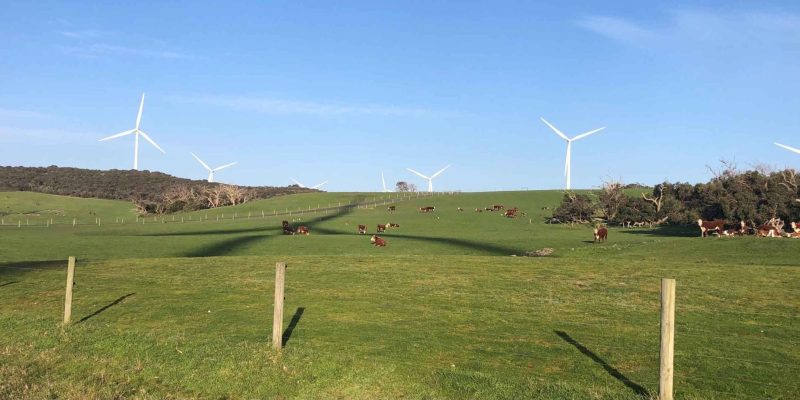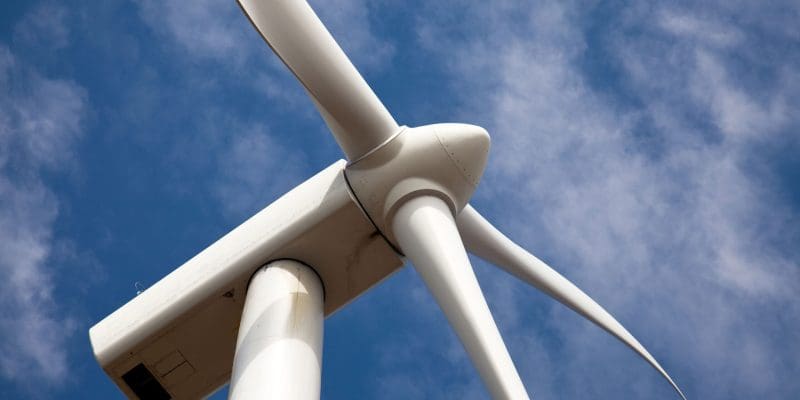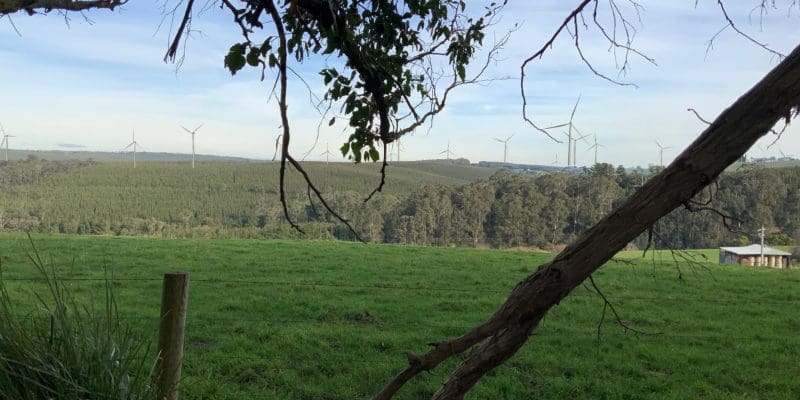An assessment of Shadow Flicker and Blade Glint has been prepared by K2 Management to assess the potential for shadow flicker and blade glint to impact the area surrounding the project. Shadow flicker may occur under certain combinations of geographical position and time of day, when the sun passes behind the rotating blades of a wind turbine and casts a moving shadow over surrounding areas.
The number of annual hours of shadow flicker at a given location is calculated using geometric models that incorporate:
The Draft National Guidelines determine that the optimum method of assessment is to:
Windpro modelling software has been used to complete shadow flicker modelling for the Project and assumptions made based on the methodology recommended in the Draft National Guidelines.
The modelling represents the worst-case scenario, assuming, amongst other things, that the wind turbines are operating 24 hours a day and the sun is shining for all daylight hours without any clouds in the sky.

The key documentation relied upon in the preparation of the shadow flicker and blade glint assessment were the Policy and Planning Guidelines for Development of Wind Energy Guidelines in Victoria (March 2019) and the Draft National Guidelines Draft National Wind Farm Development Guidelines, Environment Protection and Heritage Council (2010). Consideration was also given to Clause 52.32 of the Latrobe, Baw Baw and South Gippsland Planning Schemes.
The Victoria Guidelines state that shadow flicker experienced immediately surrounding the area of a dwelling (garden fenced area) must not exceed 30 hours per year. Where a fenced garden area is not evident at a dwelling, a 50 metres radius from the dwelling centre point is used.

A shadow flicker assessment boundary of 1192.5 metres was calculated for the Project based on an assumed turbine blade chord length of 4.5 metres. On the basis of this assessment there are six dwellings in the vicinity of the Project that have the potential to be affected by shadow flicker as show in Figure 1.
Modelling was undertaken using a rotor diameter of 180 meters and a maximum tip height of 250 meters above ground level (with a corresponding hub-height of 160 meters above ground level), being the maximum turbine dimensions for which approval is being sought.
The shadow flicker model results of the worst case (and therefore most conservative) outcome identified that there are 2 houses that will experience a maximum of 24.52 and 25.42 hours of shadow flicker per year.
The Assessment therefore clearly demonstrates that none of the dwellings that have the potential to be impacted by shadow flicker will exceed the 30-hour annual limit specified by the Victorian Guidelines for Wind Farm Development, using ‘worst case scenario’ modelling.

Blade glint may result from the sun reflecting from turbine blades, which can occur as a result of a combination of circumstances including the orientation of the nacelle, angle of the blade and angle of the sun relative to a dwelling. The application of a surface treatment of low reflectivity is a widely accepted mitigation measure to ensure that glint is minimised.
Section 5.1.2(b) of Victorian Guidelines states:
Blade glint can result from the sun reflecting from turbine blades. Blades should be finished with a surface treatment of low reflectivity to ensure that glint is minimised.
The Delburn Wind Farm Pty Ltd is committed to specifying blades that must be finished in a non-reflective coating to avoid any blade glint impacts as part of the tendering and procurement process.

No mitigation measures are expected to be required with respect to shadow flicker as the modelling demonstrates the proposal meets the annual limits set out by the Victorian Guidelines in the worst-case scenario modelled. The actual shadow flicker impacts would be less in reality, having regard to the conservative assumptions made in the modelling.
It is anticipated that it will be a condition of any planning permit that is issued specifying that shadow flicker impacts cannot exceed the 30 hours maximum as set out in the Guidelines.
Stay informed on the latest project updates and Community Benefits opportunities by subscribing to our e-Newsletter.